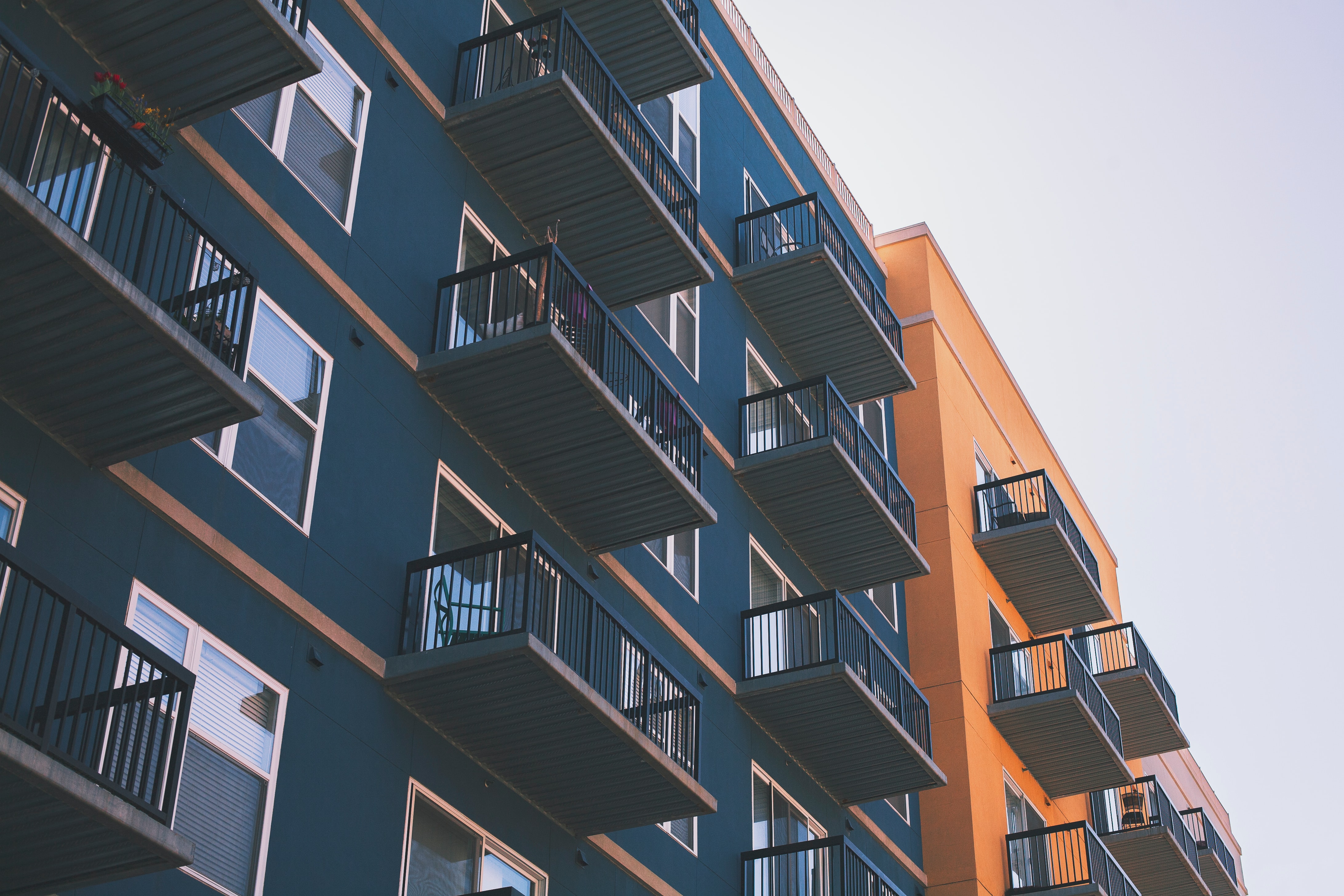Build to rent (BTR) has been a hot topic for a little while now – and we wanted to find out the reasons behind its meteoric rise.
For our latest webinar we gathered together a panel of experts from across the sector, including:
- Stuart Tym, Partner at Shoosmiths
- Rick Atha, Partner at Shoosmiths
- Ed Ellerington, Founder & Joint Managing Director at Packaged Living
- Nick Biring, Co-founder at BTR News
We discussed why build to rent has grown from strength to strength in recent years and what the future could hold for the rental space.
Below, we share our experts’ top three reasons why build to rent is experiencing such a boom.
Filling a gap left by the housing crisis
The UK’s ongoing housing crisis and the shortage of supply have led to more demand in the rental sector.
The pipeline of supply was too slow to meet the demand for new homes with just the “for sale” model alone. As the Letwin report highlights, the target of producing 300,000 new homes would be reached quicker if there was a wider variety of models.
And BTR stepped in to increase the mix of properties coming to market and plug that gap.
The rental market had been shrinking, but the rise of BTR is reversing this trend by increasing the supply of high-quality rental homes.
“The issue was historically that we just didn’t have the stock. So when you look at the ability for large pension funds to buy at scale, the only way that can happen is through delivery and development.” – Ed Ellerington
Increased house prices have also pushed the idea of owning a home further out of reach for many – leading to more people living in rented homes for longer.
BTR developments used to be seen as homes for a younger demographic – either students or young professionals looking for a similar experience to their university days.
However, spurred by inflated prices and lack of supply, the BTR lifecycle is now designed to cater to all demographics and stages of life – from families in their 30s, to later living homes.
And these new demographics have different expectations of what they want from a rented property.

Changing consumer demand
More and more, residents are looking for a sense of community and wellness within their living environment.
“Experience is key. You no longer go to the shop to buy something, you go out onto the high street to experience it. And that will be the same way that you come to your choice of housing. What does my experience look like?” – Stuart Tym
This experience comes in many shapes and forms. But, it boils down to building spaces that are designed to encourage interaction and engagement. As Nick Biring mentioned, it’s key to include places “where people meet each other, get to know each other, where events are actually held.”
On the flip side, what BTR is not about is creating “ivory towers” or exclusive clubs for residents only. The vision is to situate buildings, and include spaces, where residents can connect with the wider community. For example, not including every amenity within the development provides residents with the chance to go out to local shops and restaurants.
Renters are also looking for security of tenure and a high-level of service and maintenance. This is often not a priority in privately rented properties but is very much part of the BTR model. And a reason for their increased popularity with renters.

Increased appetite from investors
The higher rents and better premiums which come with BTR developments make them an attractive investment for large institutional investors. Their proven popularity in recent years has meant that more institutions are looking to invest, which has, in turn, further increased BTR’s growth.
Forward-funding has also encouraged a lot of investors into the space, as they have to carry minimal risk as it is passed down the chain.
“There’s a high proportion of forward-funded contracts in this market and my experience of forward-funding (which is most of it), is that it’s a fairly tough market for developers. They’re expected to take quite a lot of the risk and institutions will often take a very, very hard line on risk…as they’ve got their eye on the rate of return.” - Rick Atha
Although securing investment for BTR projects can be challenging for developers, there is a big opportunity out there if you have the risk appetite for it.
With more developments being financed by institutions, they’re being held to a higher standard as their reputation is on the line. They are not only spurred by individual wealth, like with a private landlord, but they have to factor in considerations like community building too.
Want to catch up on all the insights?
Get access to all of our panel’s expertise in the on-demand version of the webinar below.
During the session they covered:
- Where opportunities currently lie with BTR
- How to overcome key challenges
- What are the demographic trends we are seeing for BTR properties
Shannon is a Community Content Specialist at LandTech. Her marketing skills started young, when she designed the logo for her primary school (which they still use today). In fact, she's so persuasive, she once convinced John Bishop to give up his seat on a train (first class, no less).

